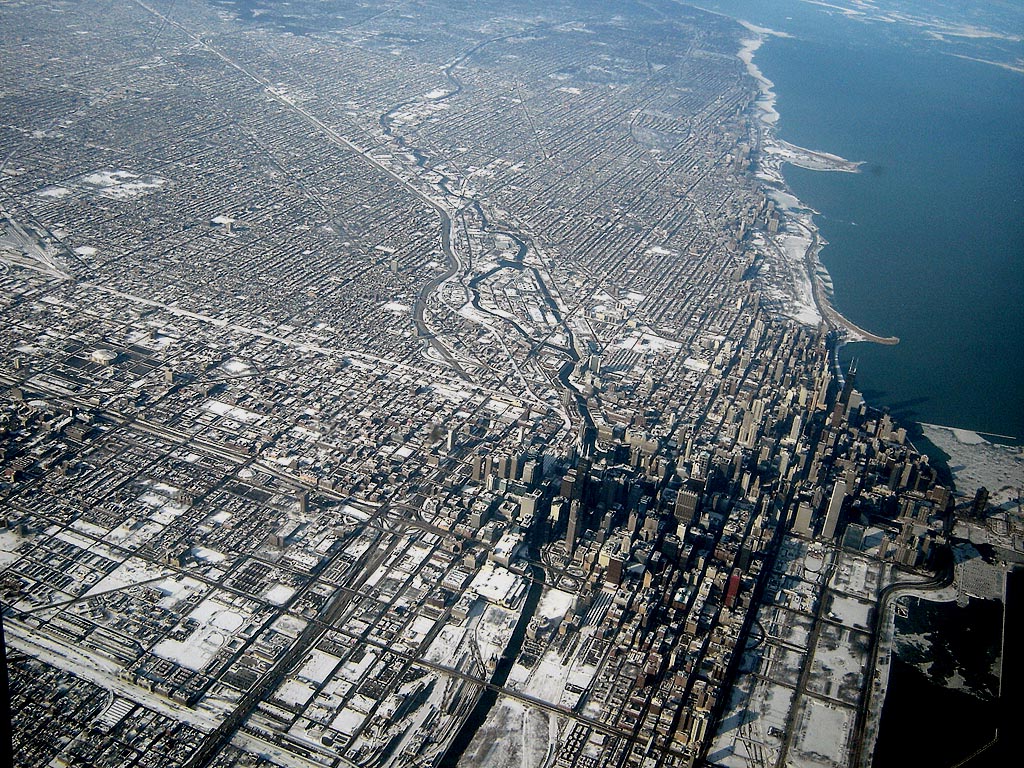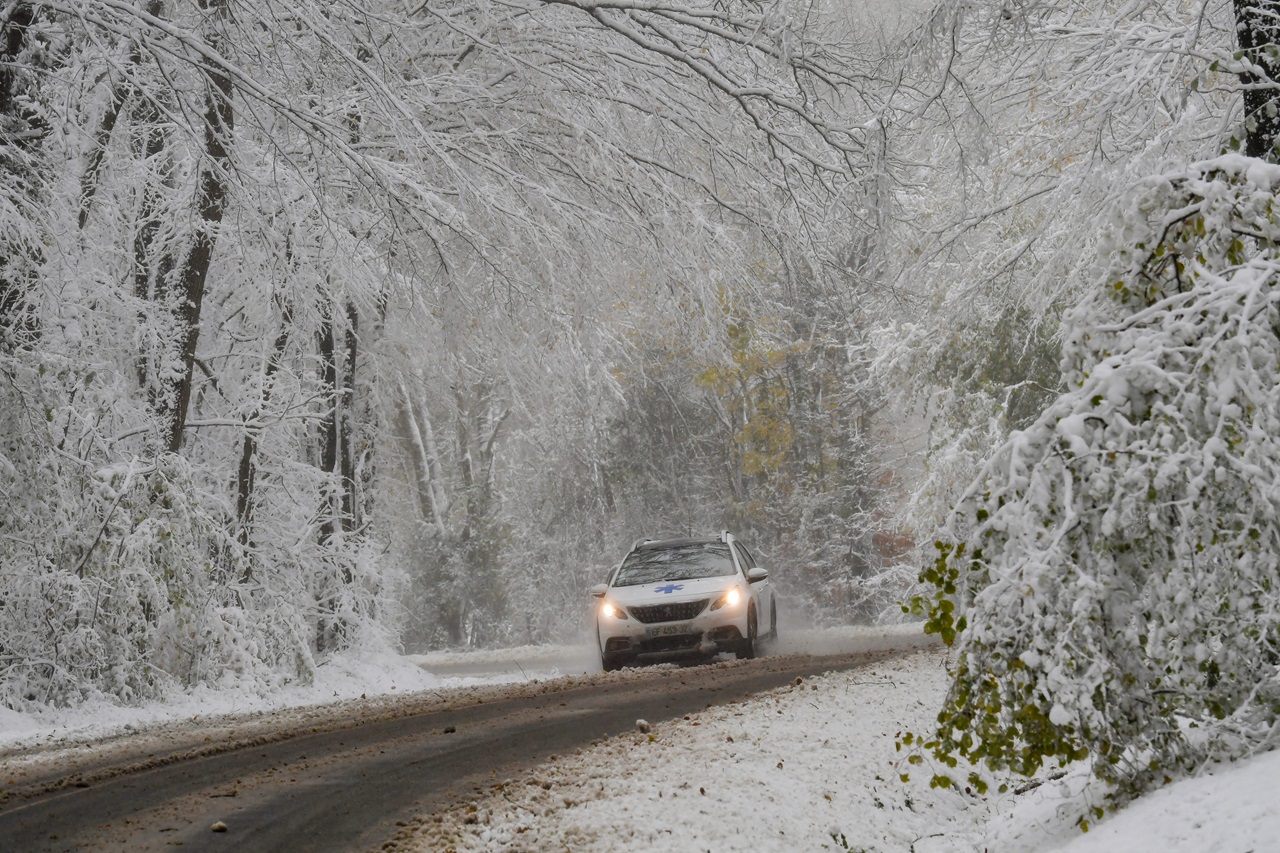
Study: With gentrification comes more segregation
Discussions on gentrification often focus on the economic and racial tensions that come when new residents move into neighborhoods developed without the established community in mind. But the reality may reflect less diversity — rather than individuals from different socioeconomic backgrounds living side by side, gentrification may just be encouraging outright segregation.
Those are the findings from a Harvard University study that used Google Street View and archival videotapes from more than two decades ago to understand gentrification in Chicago. What the researchers found was that the gentrification from the 1990s continued in neighborhoods that were at least 35 percent white, whereas in neighborhoods that were at least 40 percent Black, the gentrification slowed or stopped.
Basically, areas that were already white underwent more development while largely Black areas were left undeveloped. Even when researchers controlled for factors like crime and proximity to amenities, that fact held true. The cities’ transformation, through privately-driven and publicly-backed development, benefited mostly white residents. The findings suggest that while gentrification certainly changes cities, it may not affect the racial segregation that already exists.
Robert Sampson, the Henry Ford II Professor of the Social Sciences who led the research team, told the Harvard Gazette that the findings called for a reevaluation of urban policy — one that invests across all neighborhoods while maintaining some affordability so as not to force long-time or low-income residents out.
“Today, we need policies and government to play a greater role in the stabilization of neighborhoods,” Sampson said. “And to protect against cities simply becoming playgrounds of the rich and famous.”








DEJE UN COMENTARIO:
¡Únete a la discusión! Deja un comentario.